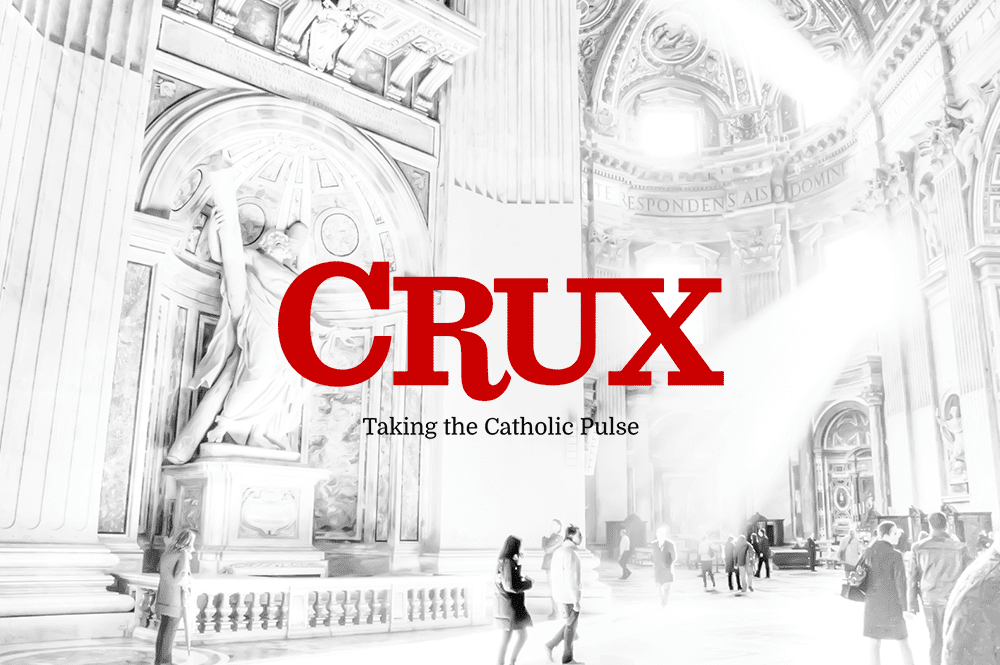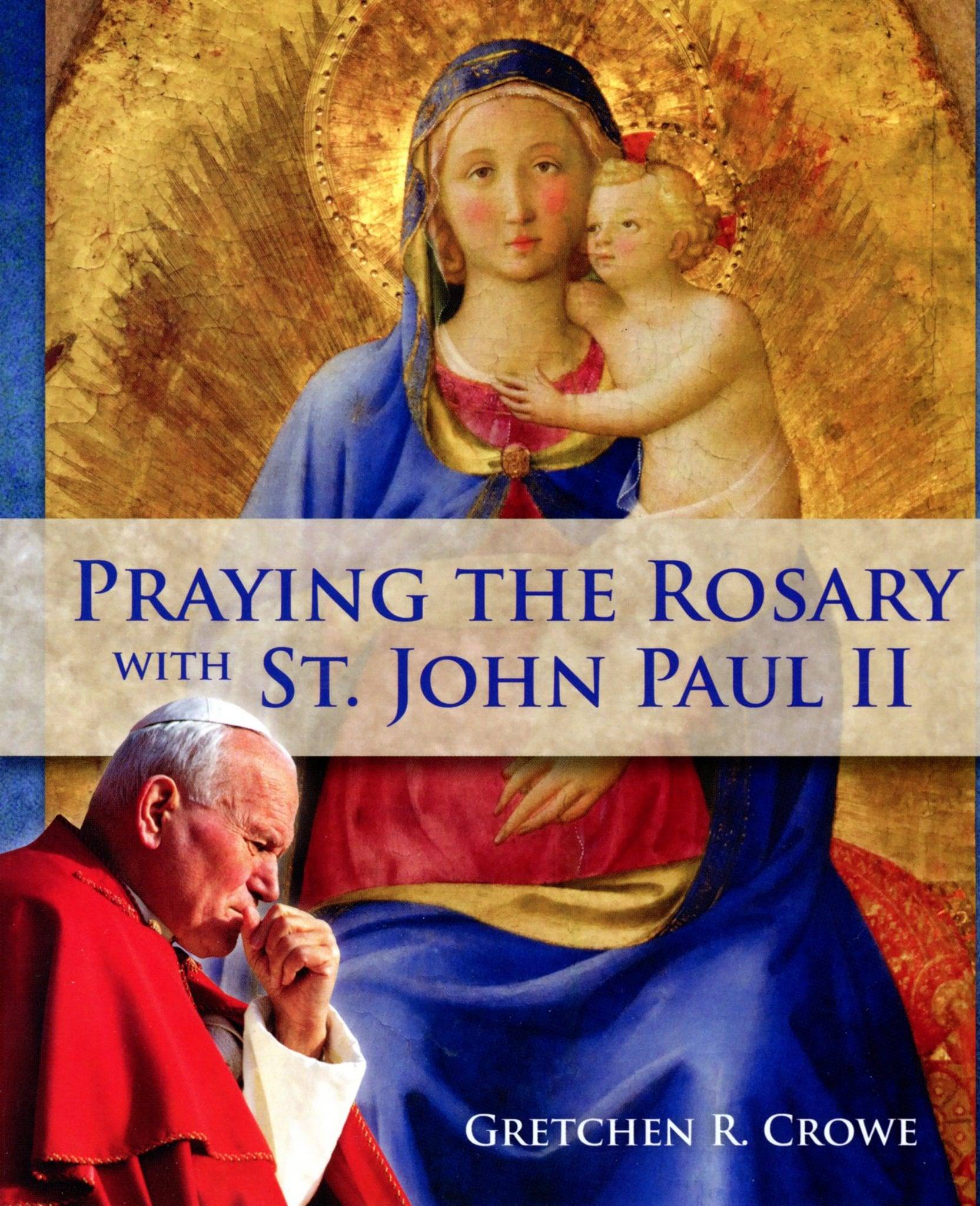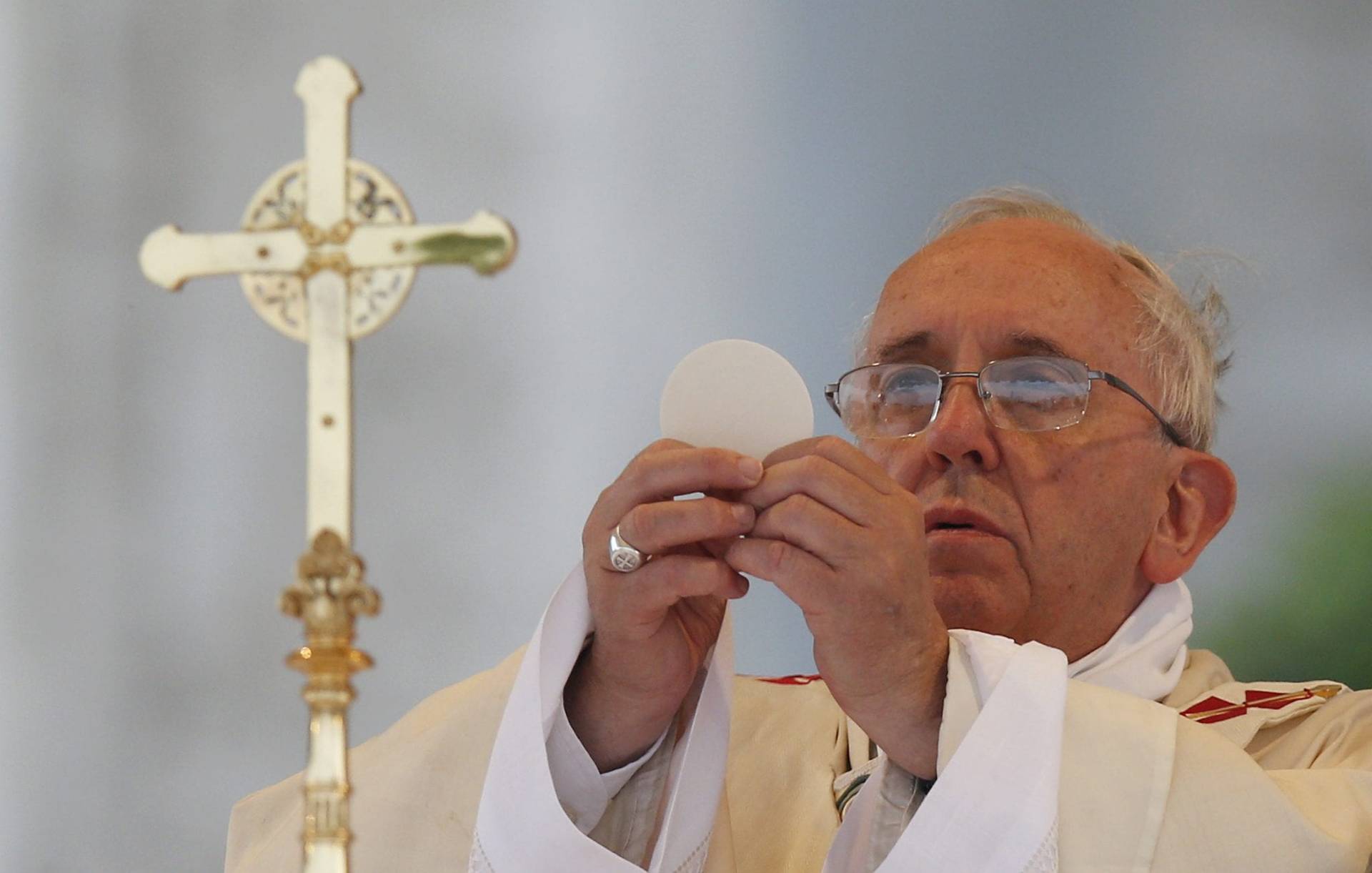- The Catholic Church finally agreed on which writings should go into the Bible at the Council of Rome in 382 AD during the time of Pope Damasus.
- Damasus encouraged St. Jerome to translate the Scriptures into Latin since Latin was the common language of all educated people.
- Throughout the Middle Ages, portions of the Scriptures were translated into vernacular languages.
- In the mid-1400s, the Bible started to be translated into European languages more widely.
- In the 16th century, some Reformers published Bibles with bits missing, faulty translation work, and subversive notes.
- The authorities tried to regulate which Bibles were acceptable in order to control erroneous teaching.
- Throughout the years, the Catholic Church encouraged Bible reading, but kept control of the interpretation of the Bible as part of the Church’s inspired authority to teach the truth and preserve the unity of the Church.
- Pope Leo XIII published a letter in 1893 encouraging Bible study.
- Pius XII in 1943 also encouraged the faithful to study and love the Bible.
- The second Vatican Council in the 1960s encouraged all the clergy and people to study the Bible faithfully.

















